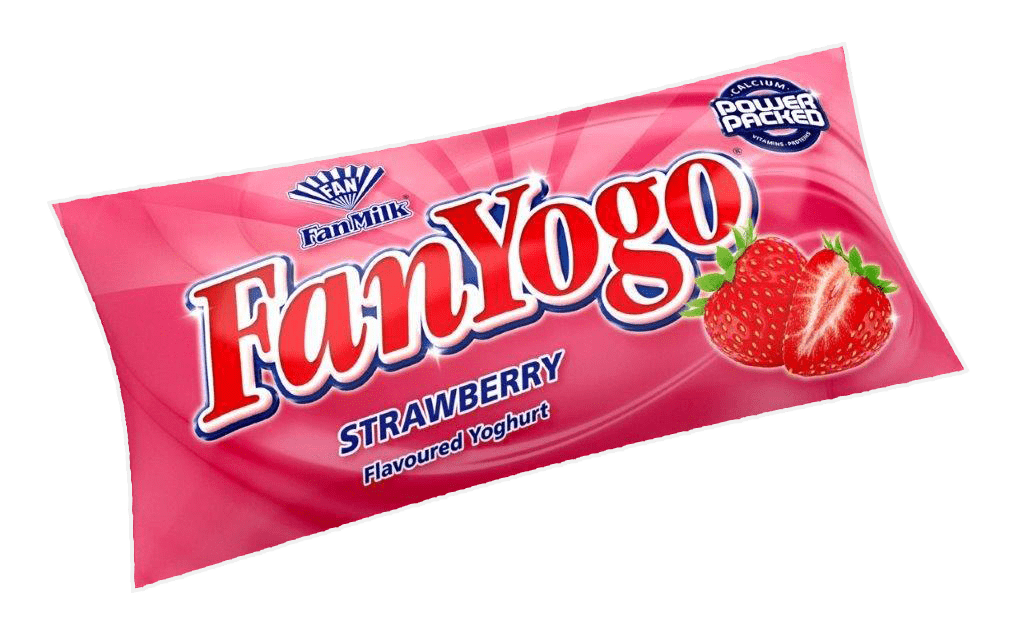Among dairy products in the country, yoghurt stands out as the best performing category, driven by a Westernization of Ghanaian consumption choices as well as greater accessibility, according to Fitch Solutions.
With a five-year compound annual growth rate (CAGR) of 52.0 per cent, Fitch forecasts yoghurt spending to increase from GHS678.1 million (US$89.0 million) in 2022, to GHS3.7 billion (US$417.2 million) in 2026.
“The increased demand for yoghurt will largely be driven by a westernisation of Ghanaian consumption choices but also due to the greater accessibility and the fact that yoghurt is often seen as an affordable protein substitute.”
Fitch Solutions
Drinkable yoghurts have grown significantly in popularity amongst Ghanaian consumers and are often marketed as a high protein, low sugar, on the go drink.
Companies such as FanMilk and VitaMilk have far deeper offerings in the drinkable yoghurt and ice-cream categories compared to traditional dairy products such as milk and butter.
Fitch believes the Ghanaian dairy, and particularly yoghurt industry will continue to see continued expansion and greater demand by consumers.
In general, considering demand for dairy products, Ghana has been unable to increase production of dairy related products due to low consumer demand, poor refrigeration and transportation service and difficulty in growing cattle production.

Growth in Demand for Beef and Dairy Products
In more recent years, demand for beef and dairy related products has grown significantly. In 2022, Fitch forecasts dairy spending to reach GHS176.1 (US$23.1) in per capita terms. This is a significant increase from GHS40.2 (US$22.0) in 2012.
Furthermore, Fitch Solutions projected a five-year CAGR of 21.1% for total dairy spending, growing from GHS5.7 billion (USD748.8 million) in 2022, to GHS12.3 billion (USD1.4 billion) by 2026.
“We forecast a 13.2% five-year CAGR within the Ghanaian food spending category over the 2022 to 2026 period, with dairy spending forecasting to provide the highest growth. Dairy spending will grow by an annual average of 20%, with bread, rice and cereals being the second fastest growing category.
“While we note that dairy spending is growing from a low base, with dairy accounting for 3.7% of total food spending, the growth in spending is faster than categories such as fresh vegetables and oils and fats, both of which have a similar share in total food spending.”
Fitch Solutions
Ghanaians Spending on other Products
According to the research firm, Ghanaians spend predominantly on fish and fish products and bread, rice and cereals, which collectively account for around 70% of total food spending.
While it is not likely this trend will change over the medium-term, the acceleration in dairy spending highlights a trend of both westernisation and greater formalisation of the Ghanaian food sector, Fitch noted.
The Ghanaian food and drink segment of the economy has become far more formalised with many lower-middle income consumers in urban areas doing their grocery shopping at retail stores compared to markets, Fitch noted.
Better logistical capabilities, such as better roads making transporting goods easier, and better refrigeration capabilities makes Ghana far more of an attractive market for dairy companies to look into for expansion, Fitch noted.
READ ALSO: Local Stock Index Ends up Where it Began




















